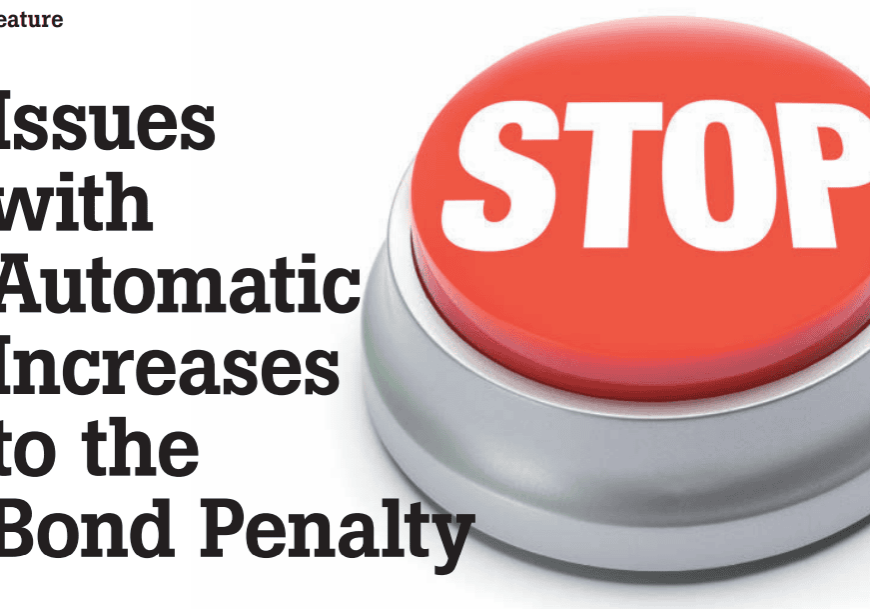The surety must be able to accurately track and manage its ultimate exposure to any given bond principal.
THERE ARE A number of large general contractors whose subcontracts and bond forms provide for an automatic escalation in the bond penalty with every increase in the subcontract price without consent of surety. Normally within these subcontracts and bond forms there is an upper limit to how much the contract price can increase, after which a consent of surety is required to increase the bond penalty. But it is uncomfortably high: 20% to 30% in many cases. When you read every performance bond form, you will see that the surety waives notice of change to the contract. In one respect this is a practical administrative feature reality. If the surety required notice and required consent for each and every change to every contract, the surety would be buried in correspondence. Often, changes are very small adjustments to the contract to clarify a specification or a term that does not materially change the risk. In other respects, this same waiver of notice could result in a substantial increase in risk, which the surety may not want to take. The surety bears the burden of keeping itself informed of material changes to the bonded contract through its underwriting relationship with the bond principal. That is one of the many reasons sureties require work-in-process schedules (WIPs) from standard accounts.
Get Important Surety Industry News & Info
Keep up with the latest industry news and NASBP programs, events, and activities by subscribing to NASBP SmartBrief.





